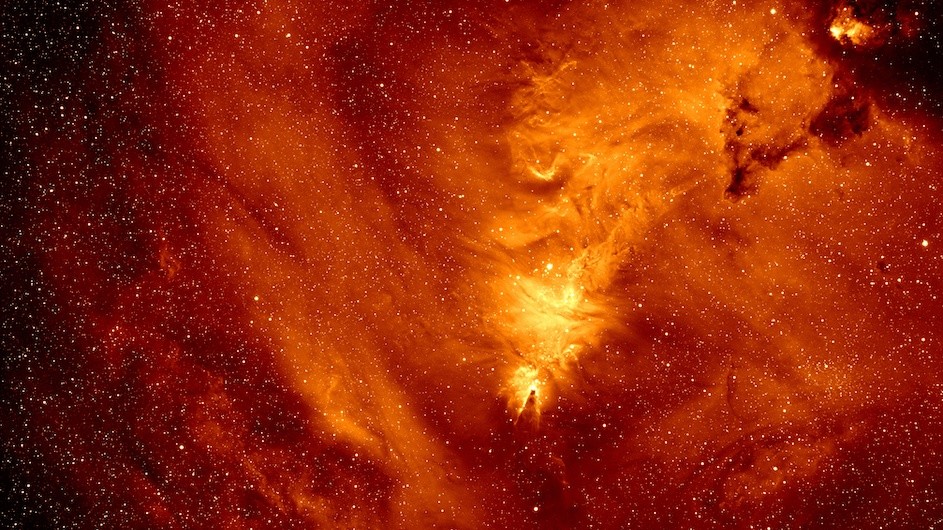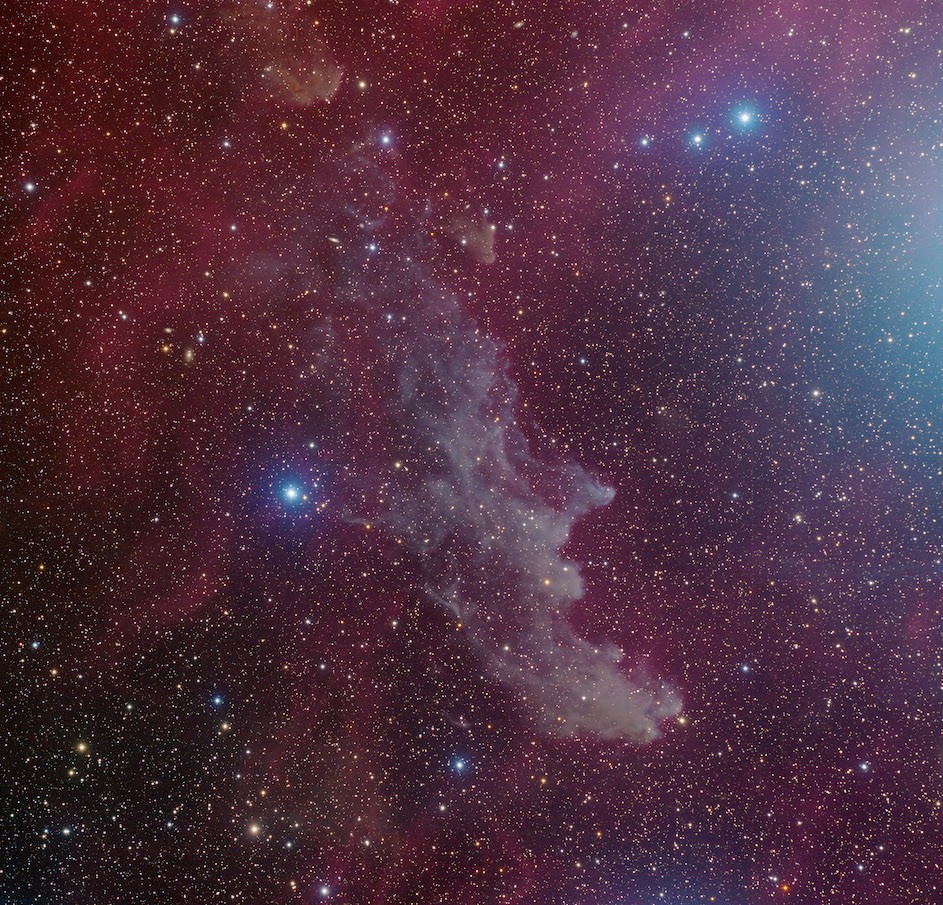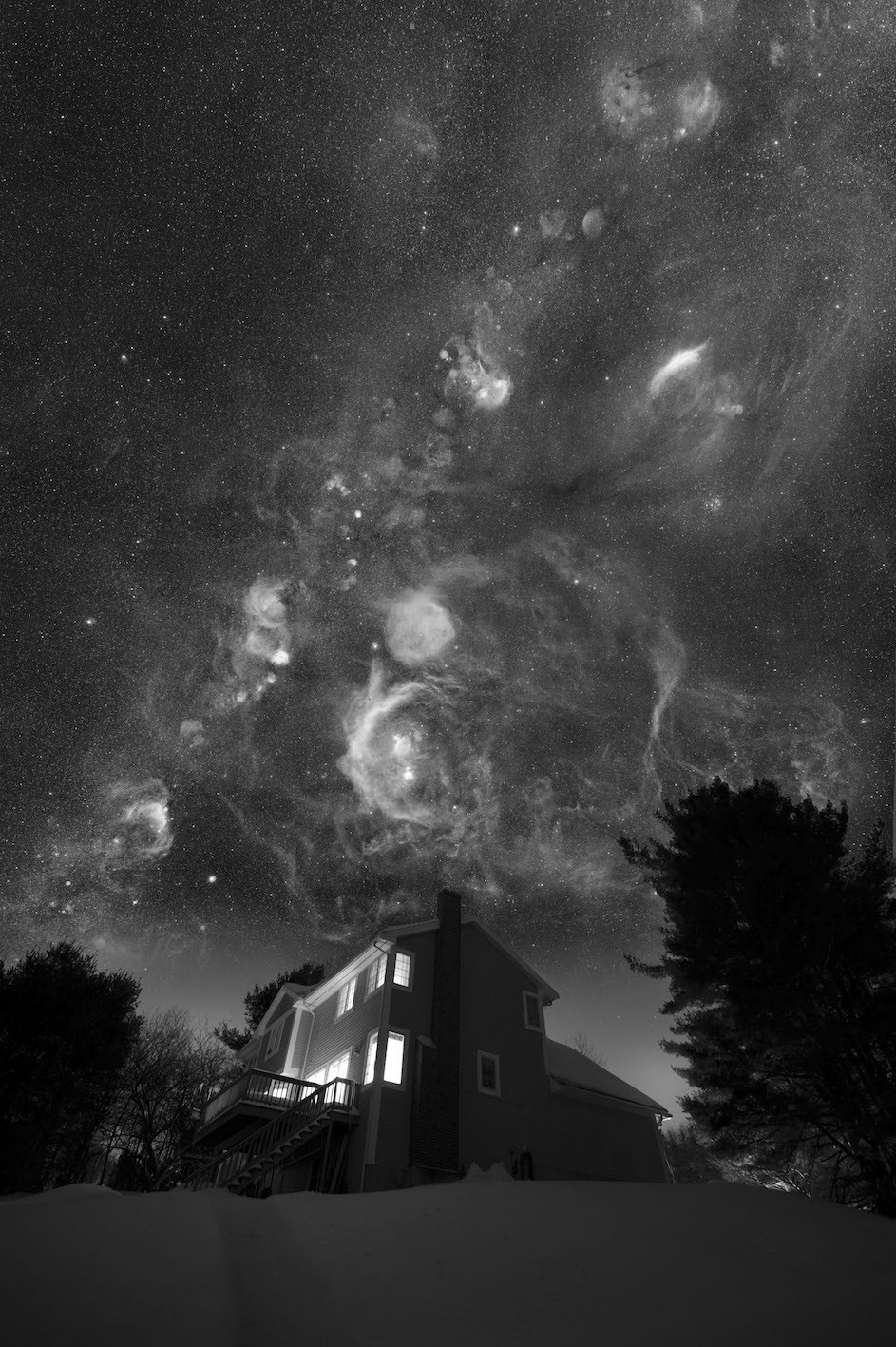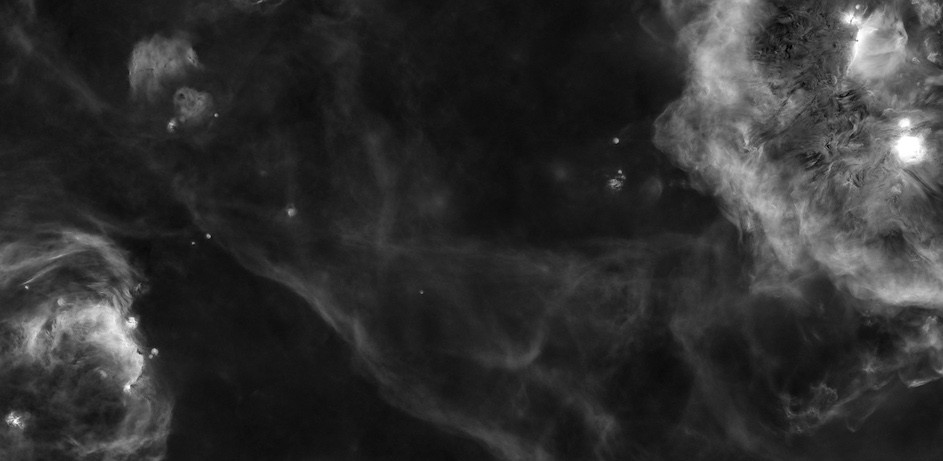Columbia Releases New Data on Hydrogen Emissions Within the Orion Constellation
The data release kicks off an astronomy partnership with the Michele and David Mittelman Family Foundation.

Columbia today released the first set of data from a new, high-resolution astronomical survey of the entire night sky.
The data includes coordinates, calibration, and other information that will make a night sky survey, which was created by three amateur astronomers, useful as a resource for both the public and the astronomy community.
The data released today offers new detail on the hydrogen emission from gas and stars in and around the Orion constellation; Columbia aims to release similar hydrogen data on the entire night sky from the Northern Hemisphere later this year, and from both hemispheres in 2025.
The new night sky images were collected by the “MDW Hydrogen-Alpha Sky Survey,” a unique high-resolution survey of the entire night sky collected with H-alpha imaging.
H-alpha is a light wavelength emitted by hydrogen. Because hydrogen is the most abundant element in the universe, this kind of imaging allows astronomers to better understand star formation and star death, among other important astronomical phenomena.

The survey was created by the late David R. Mittelman (BUS’81), a Boston-based amateur astronomer and two fellow amateur astronomers, Dennis di Cicco and Sean Walker, current and former editors of Sky and Telescope Magazine. The team managed the project from New England using remotely operated telescopes stationed at an observatory that Mittelman founded in New Mexico. Over the years, data from the survey has contributed to several papers on supernovae remnants far from the galactic plane.
Columbia faculty, students, postdocs, and post-baccalaureates have partnered with founders di Cicco and Walker to calibrate and disseminate the data and ensure the outcome meets academic quality standards. This includes providing precise sky positions to each pixel in the image, and ensuring the brightness of the emission is calibrated to known standards.
Mittelman, who died of brain cancer in 2017, received an MBA from Columbia Business School; his wife, Michele, received a master’s in public health from Columbia. They met in a math class while at Columbia and both graduated in 1981. David Mittelman endowed an astronomy professorship and supported scholarships and the astronomy program at his alma mater, Middlebury College. Mittelman founded a total of three observatories: The David Mittelman Observatory where the MDW Survey is underway, and two others in Massachusetts and Colorado. “The concepts of how much can be learned through the analysis of light were stunning intellectual revelations that have bounced around in my mind for years,” he said of his first encounters with astronomy as a college student at the time the endowed Middlebury professorship was announced.

The new partnership between the Michele and David Mittelman Family Foundation and Columbia was first initiated when David Sliski, the project director for the David Mittelman Observatory in New Mexico, contacted David Kipping, a professor of astronomy at Columbia University. The pair had first met when Sliski was working at Harvard, where Kipping was a postdoctoral researcher. “The support students receive from faculty goes beyond just their years in the classroom, and those bonds allow for the possibility of new partnerships like this one,” said Sliski.
The Department of Astronomy at Columbia University has decades of expertise in survey science, including GALFA-HI, SDSS, the GALEX space telescope, and the Kepler space telescope, making it an ideal partner to maximize the return of the survey.
The foundation’s partnership with Columbia furthers astronomical research and science education in two ways. Columbia astronomy professors David Schiminovich and Mary Putman, together with Columbia students and former students Noor Aftab, Andrew Zhang, Colin Holm-Hansen and Julia Homa, are calibrating the data and releasing it to the public so that it can be used for astronomical research around the world.

“This complete view of the sky in warm hydrogen will shape our understanding of the Milky Way and how it changes due to stellar activity,” said Putman.
The partnership will also have a lasting impact through the endowment of two undergraduate summer research positions in the Columbia astronomy department.
“Our new partnership with the Michele and David Mittelman Family Foundation is a real boon, both in terms of bringing important new data to the scientific community, and in ensuring that Columbia undergraduates have access to the best research opportunities in the field,” said Greg Bryan, chair of Columbia’s astronomy department.